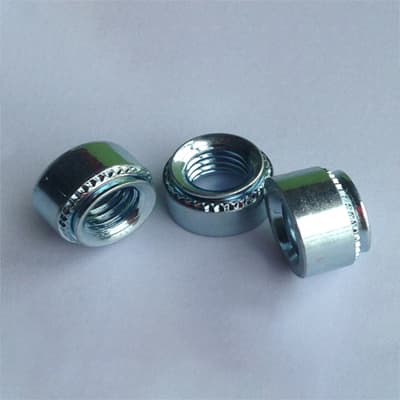Self Clinching Nuts and screws are the most widely used fasteners in machinery. They are fixed connections made of metal materials and are usually used in automotive, electronic equipment, machinery and construction fields. Although they have some things in common, snails and screws are different, and there are some differences in use, shape, and structure.

First of all, nuts and Self Clinching Screws are different. The wire is generally a small and straight part of the fastener, usually conical or conical countersunk, because the conical structure can better screw into the working object, and complete the fixing function; the nut is the fixing screw The upper gold material, which is usually hexagonal in shape, is screwed on the face by hand or air tools to increase the fixing effect.
Secondly, the screw and female shape are not. Generally speaking, the screw structure is relatively simple, usually composed of a head, a screw and a thread, and the head and the screw are connected by threads; while the screw body has 6 or 12 faces, and there are screws between them. It is a kind of fastening that can be turned, and it is not as good as a screw. Because of the screw rod, the screw wears objects of the same degree, and it is used for low-grade materials. Its advantages are large connection force, good mechanical properties, and not easy to loosen; while the surface shape of the screw is relatively small, the advantages are easy to disassemble and easy to tighten.
To sum up, pipe nuts and bolts belong to mechanical self clinching fasteners, and they all require threaded connection tables. They are exactly the same, the scene and work requirements, and the fasteners that need to be selected.